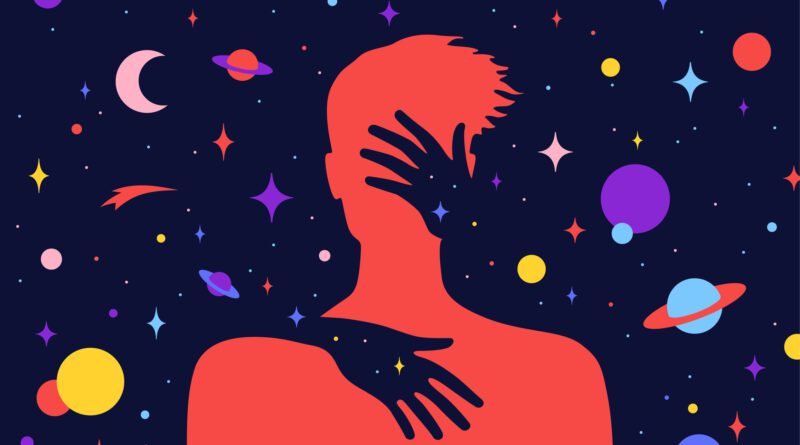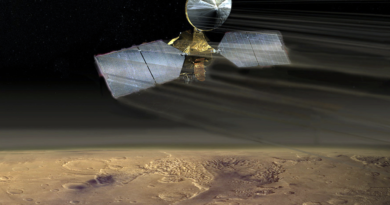Does space romance make NASA cringe? It’s complicated.

For the first time in its 65-year history, NASA is looking into how close-knit bonds between pairs of astronauts, including romantic relationships, could impact crews on long space missions.
The dedicated research is part of the U.S. space agency’s preparations for sending humans to Mars through the Artemis campaign, round-trip voyages that would likely span years for groups of a half-dozen or so astronauts. Engineers say getting to the Red Planet with the current rocket technology would take at least nine months. Such journeys, unlikely to happen anytime before 2040, would vastly differ from the Apollo missions to the moon, in part because of the delayed communication astronauts would have with ground controllers. That lag would result in more isolation of the crews.
The ongoing study, “Dyads and Triads at 140 Million Miles: Factors Affecting Interpersonal Relations in Long-Duration Spaceflight,” is led by Florida Maxima Corporation, a social and behavioral sciences research firm based about an hour’s drive from Kennedy Space Center, and Shawn Burke, a psychology professor at the University of Central Florida.
Though NASA has earned a reputation for having a head-in-the-sand approach to discussions of sex in space, the agency is not shying away from examining how coupling in general could affect crew dynamics, said Jim Driskell, a research psychologist at Florida Maxima and one of the principal investigators on the project. NASA Johnson Space Center’s funding of this research, which began in 2020, reveals, albeit quietly, the agency’s vigilance for possible crew intimacy. And though the study probably won’t read like a steamy sci-fi romance novel, the work is a sign NASA acknowledges human nature doesn’t cease simply because humans left Earth.
“Early on, the topic [of sexual intercourse] may have been raised, and the thought was just, ‘That really is not our purview,'” Driskell told Mashable. “I think that gradually evolved to the question of, ‘What kind of relationships can form, and what kind of strong relations could lead to more romantic relationships within these spaceflight crews?’ And that’s, in essence, a more legitimate question.”
First married astronaut couple in space
The study comes 30 years after astronauts Mark C. Lee and Jan Davis flew on the space shuttle Endeavour, becoming the world’s first husband and wife to go to space together. NASA selected the couple for the crew before the two had married. When agency officials learned of the relationship, they decided to make an exception to the usual no-spouses rule for crew assignments because they wouldn’t have time to adequately train replacements.
It’s unclear how the relationship of Lee and Davis, who have since divorced, affected the mission. Various news reports said they worked on opposite 12-hour shifts during their time in space, limiting their interactions. Neither they nor their crewmates have talked about it in depth. Davis did not return a request to be interviewed for this series.
Part of that reticence may be due to the media’s infatuation with whether any human has had sex in the weightless environment of space, a question NASA has shut down for decades with a terse denial. In a statement released to Mashable, spokeswoman Sandra Jones said rather than have a policy regarding sexual activity in space, the agency relies on the professionalism and good judgment of its astronauts. Meanwhile, the agency is focusing on how to keep astronauts healthy, listing among the challenges bone and muscle atrophy and cosmic radiation exposure.
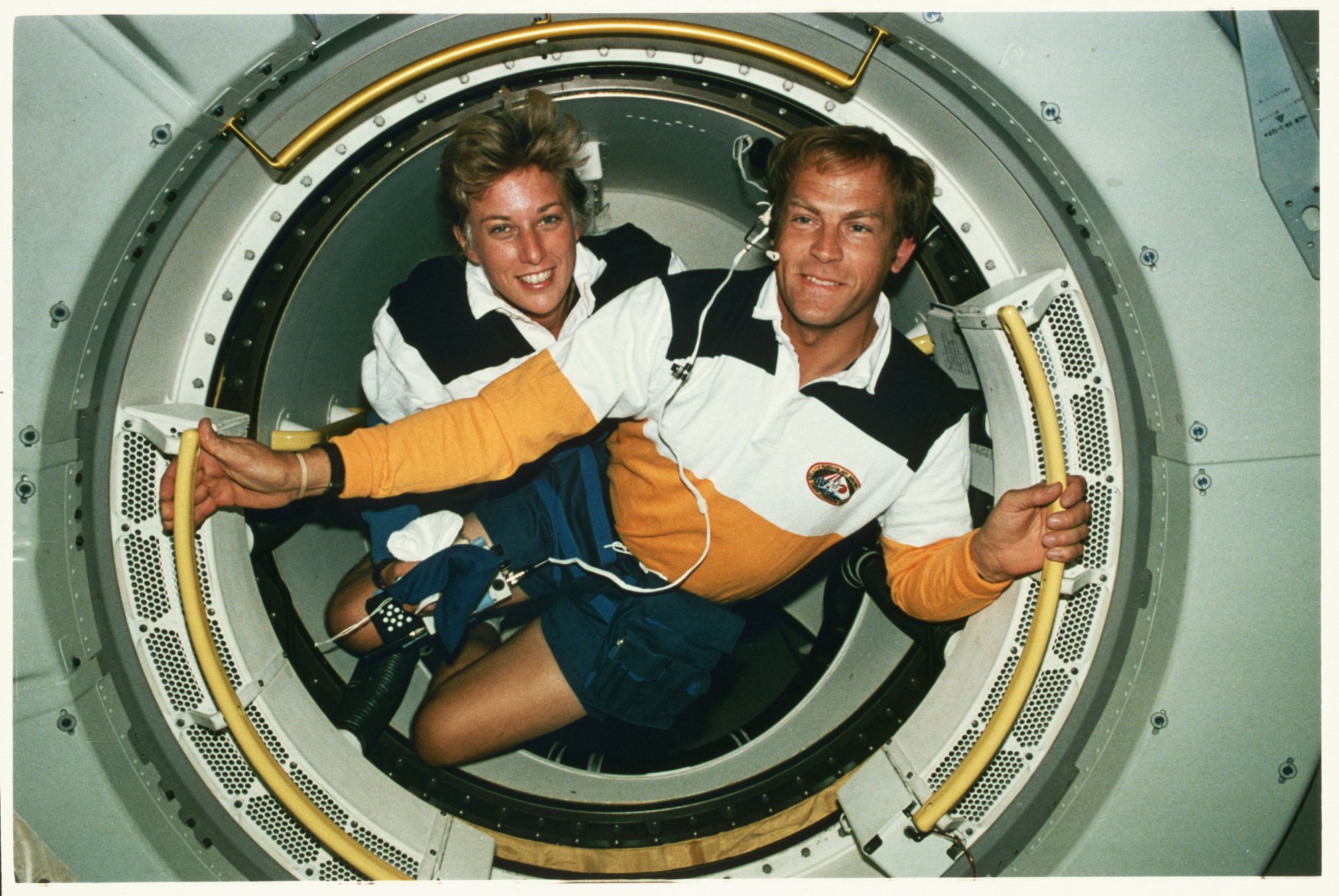
But, by health, NASA isn’t just talking about biology.
“We want to ensure crew members can work well together in space for long periods and are emotionally prepared for their mission,” Jones said.
The researchers studying NASA’s spaceflight relationships have so far interviewed at least 20 current and former astronauts for their report. Aside from relationships of mutual attraction, the psychologists are exploring close workplace relationships, friendships, and how small cliques within crews could affect missions. The intent of their research is to help crew members and commanders spot warning signs for relationships that could become disruptive and deliver suggestions for how to intervene.
To the psychologists’ surprise, the spacefarers have been more open to discussing the potential for relationships among their ranks than the military, who abide by strict no-fraternization policies, said Driskell, who has previously conducted research for the defense department. He believes that may be due to the diversity of experiences and backgrounds of the modern-day astronaut corps — professional men and women who aren’t just Navy and Air Force pilots, but engineers, scientists, and doctors. They’re accustomed to seeing coworkers date or even marry at NASA and in other office environments. Why, then, would space be any different?
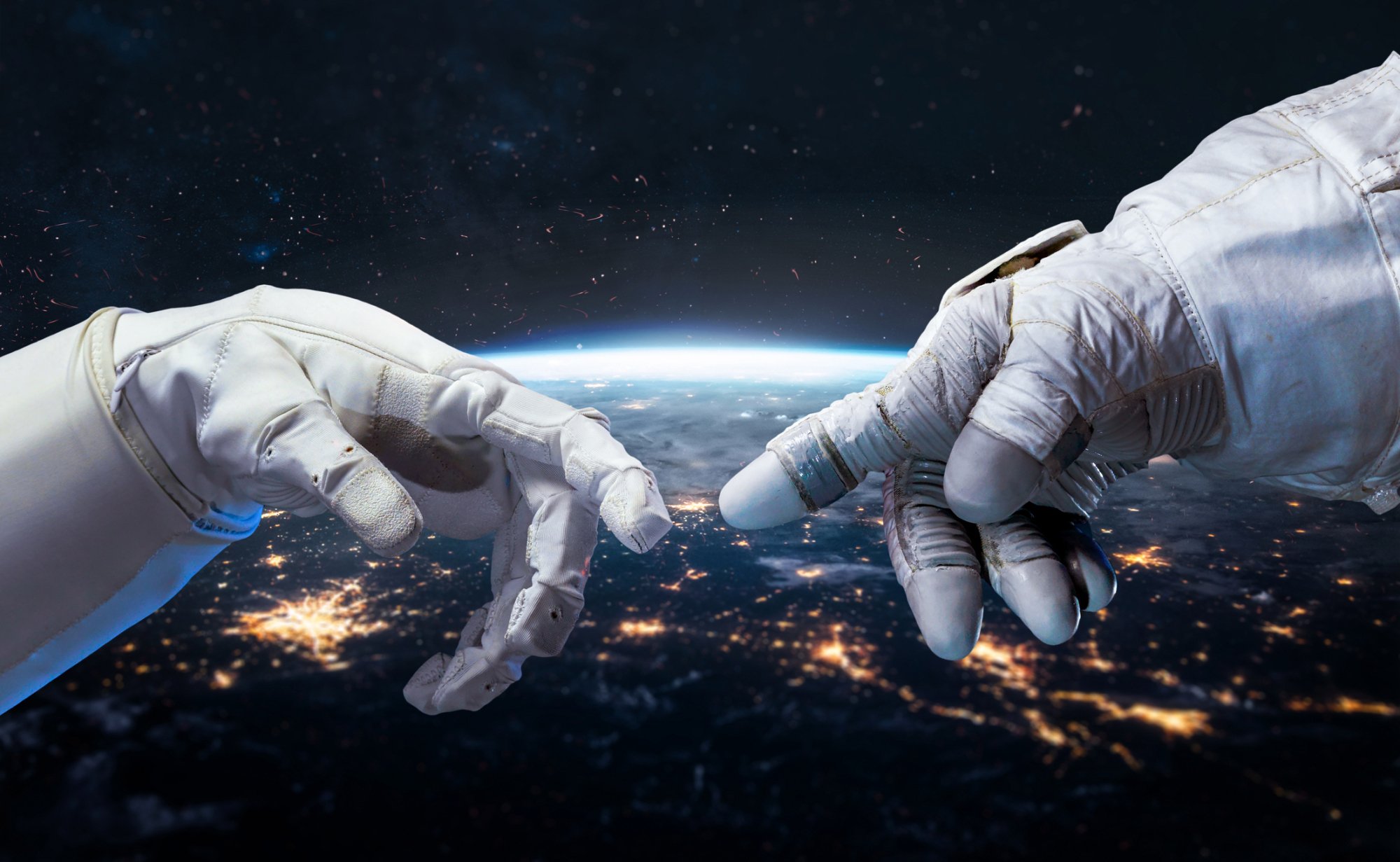
“The astronauts seem to all agree that the development of close relationships is a really important topic and is part of our makeup,” he said. “When we talk to them about it, ‘Is this something that you think can be a concern? Is it going to be an issue?,’ they all say, ‘Well, of course it’s going to be an issue. It happens all the time.'”
The ‘astronaut love triangle’
NASA suffered a rather public embarrassment of how personal relationships can go awry in 2007 when astronaut Lisa Nowak attacked a woman who had begun dating space shuttle pilot William Oefelein. Nowak and Oefelein had previously had a relationship.
Police said Nowak drove more than 900 miles from Houston to Orlando, Florida, where she assaulted Colleen Shipman, an Air Force captain, with pepper spray in an airport parking lot. Nowak’s car had other supplies in it, such as a BB gun, rubber tubing, and trash bags. But perhaps the most memorable detail: Nowak wore a diaper so she would not have to stop to use restrooms along the way, according to police.
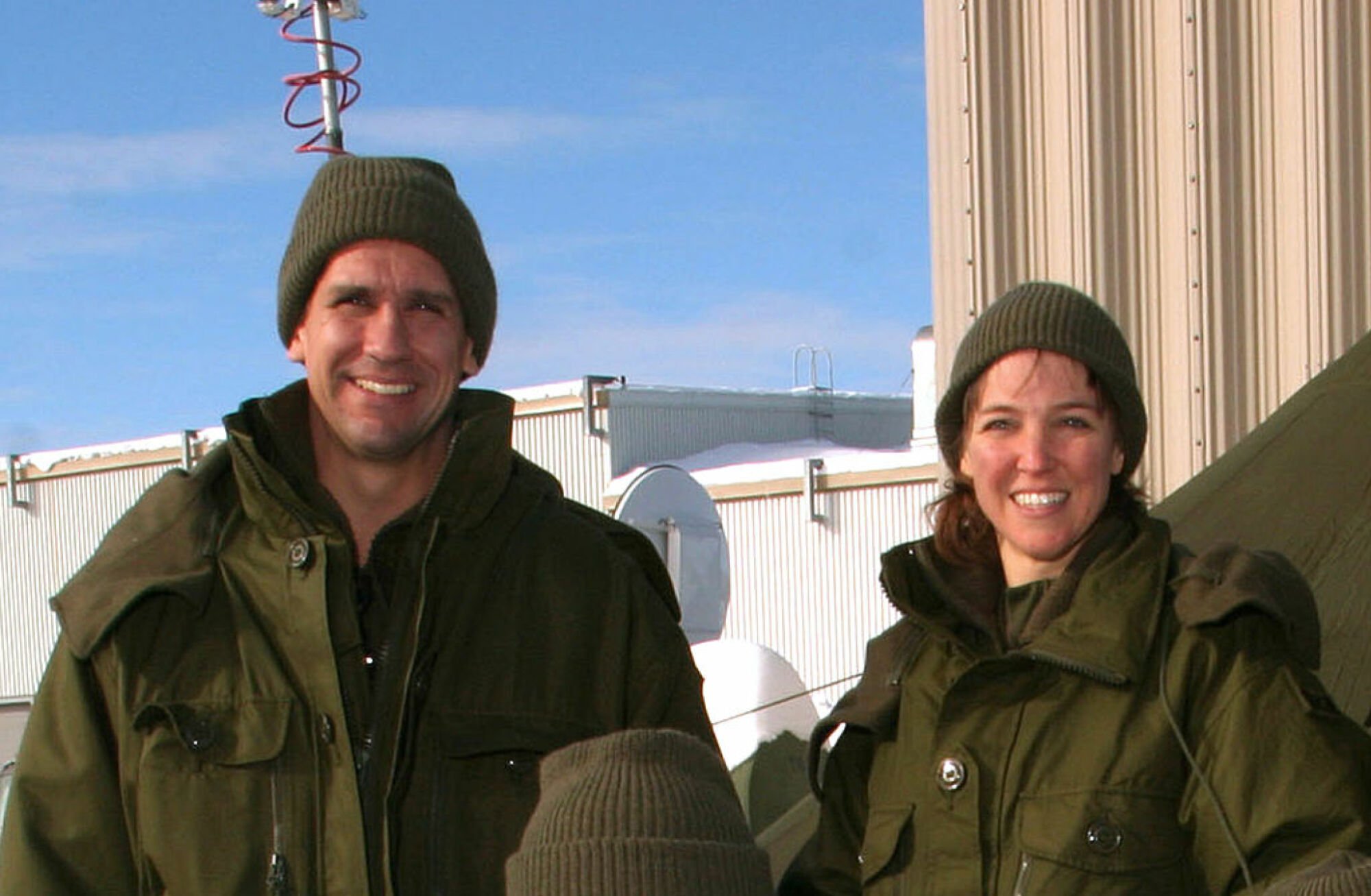
“When we talk to them about it, ‘Is this something that you think can be a concern? Is it going to be an issue?,’ they all say, ‘Well, of course it’s going to be an issue. It happens all the time.'”
She pled guilty to felony burglary and misdemeanor battery charges, losing her position within NASA and the Navy. Oefelein and Shipman later married.
The high-profile incident raised questions of whether NASA’s astronaut screening process was lacking and underscored how dangerous a love triangle or nervous breakdown could get if it instead happened within a tiny, confined spaceship, millions of miles away. These kinds of psychosocial issues could be crises for long-duration missions to Mars, says Alex Layendecker, a human sexuality expert who recently founded the Astrosexological Research Institute.
“We all know how crazy sexual rivalries can get on Earth,” he said.
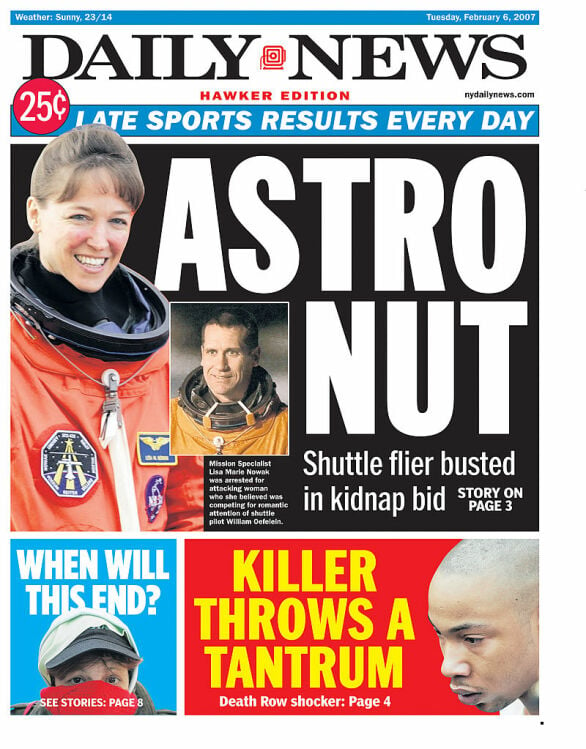
Want more science and tech news delivered straight to your inbox? Sign up for Mashable’s Light Speed newsletter today.
Colleagues can form blind spots when it comes to detecting the symptoms of interpersonal conflict or psychological aberrations. That’s part of what Driskell and the research team are investigating: While close work relationships are desirable for an astronaut crew, if coworker bonds are too strong, mistakes can get overlooked, he said. Astronauts are some of the most studied human beings in history, but no vetting process — and no astronaut candidate — is perfect.
“Astronauts have accomplished some superhuman things, but they are not superhuman,” Driskell said.
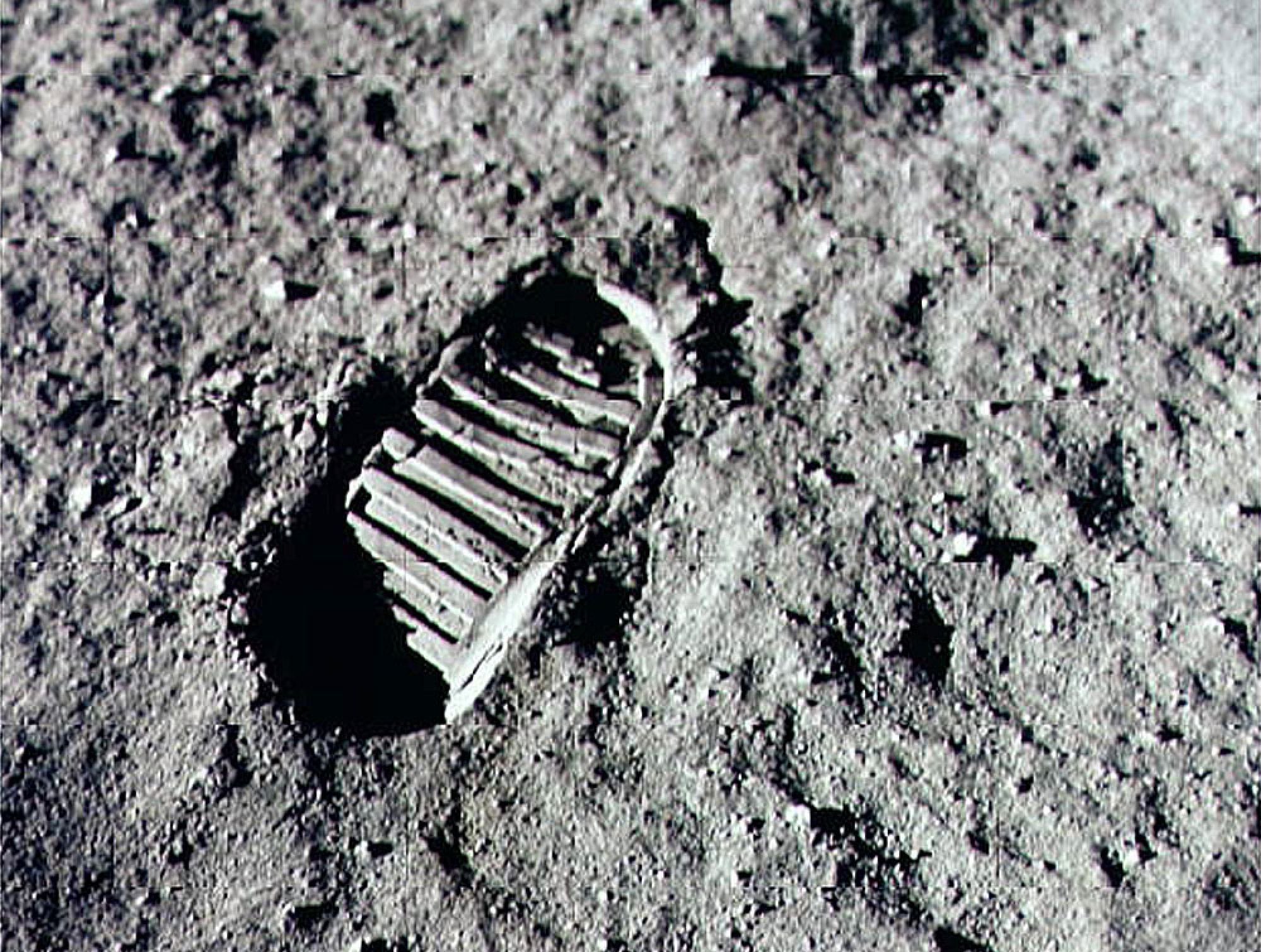
Sexual harassment in analog space mission
More than just a hypothetical scenario, serious interpersonal conflicts have occurred in spaceflight before, notably in 1973 between Skylab 4 astronauts and ground controllers. With the crew overworked and sleep-deprived, mistakes were becoming plentiful. For a brief period, astronauts stopped talking to mission control.
After several months in space, astronauts tend to get weary and dysregulated, allowing their stress levels to climb, said Simon Dubé, a psychologist and research fellow at Indiana University’s Kinsey Institute.
“Just add loneliness, sexual frustration, rejection from a partner, missing your loved ones, shake well, and you’ve got yourself a very explosive cocktail,” he said during a South by Southwest panel in March.
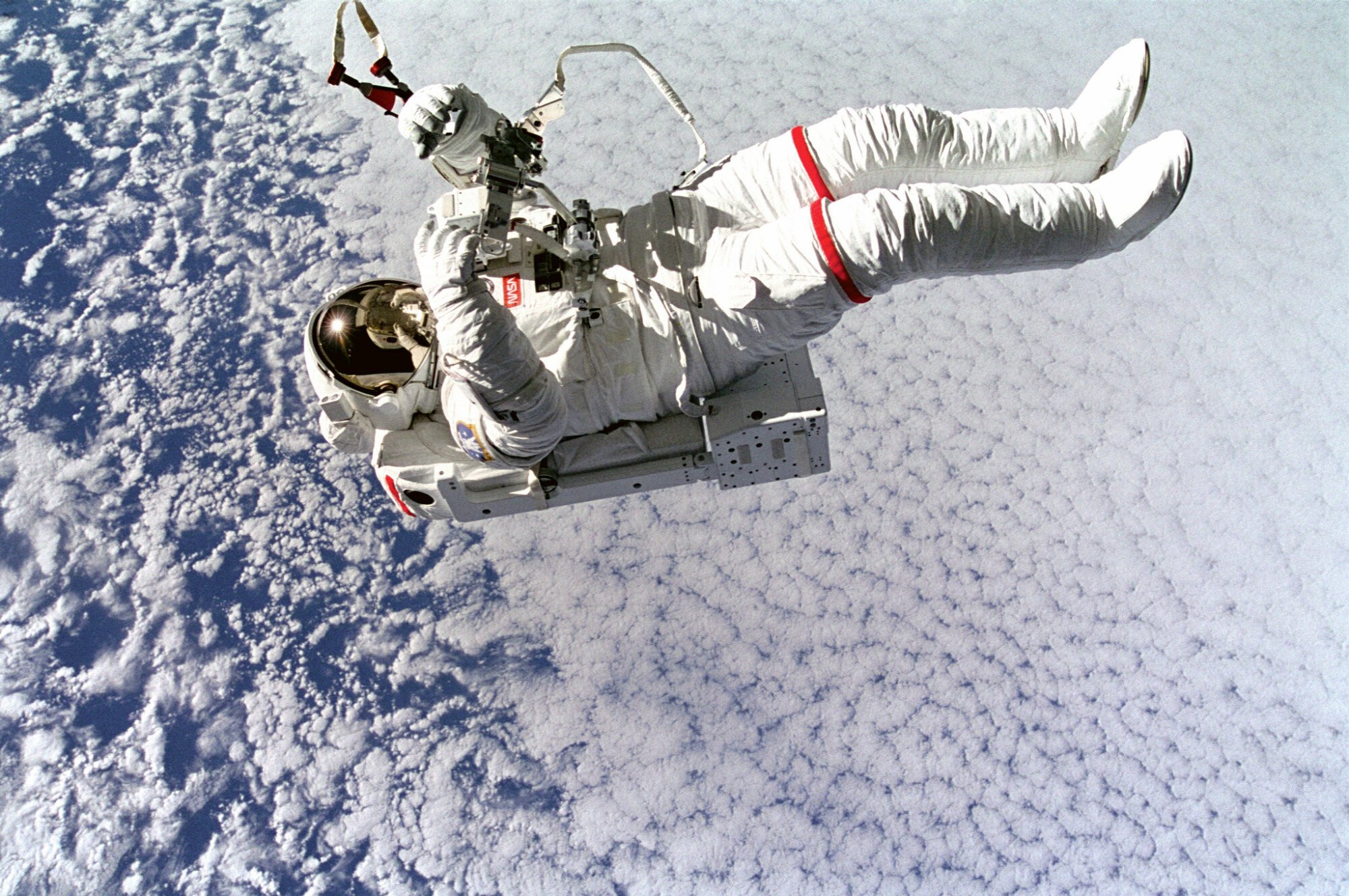
Judith Lapierre, a Canadian social medicine and health promotion researcher, said she was forcibly and repeatedly kissed by her Russian commander in 1999 during a 110-day experiment in Moscow to simulate a long space mission. Lapierre, who was working for the Canadian Space Agency and specializing in psychosocial space research, was the only woman among an eight-person international crew in an isolation chamber. When she reported that she was being sexually harassed to Russian officials overseeing the project, it was largely dismissed as a cultural misunderstanding and downplayed in various media outlets.
Sexual harassment has been a serious issue in other isolated, extreme environments. The National Science Foundation released a report last year based on surveys and interviews from people in the United States Antarctic Program. It found that 72 percent of women agreed sexual harassment was a problem, and 42 percent said sexual assault was a concern.
“I’m worried about someone snapping,” Dubé said. “I’m worried about someone losing it, and then assaulting someone or being violent and then the crew being stuck with these individuals for long periods of time.”
Some have suggested limiting spaceflight to all male or female crews, or all married couples, an idea Apollo 11 astronaut Michael Collins once proposed in his book, Mission to Mars. But same-sex groups are susceptible to all the same kinds of close relationships, and married couples can be just as dysfunctional as single people, Driskell said.
“Just add loneliness, sexual frustration, rejection from a partner, missing your loved ones, shake well, and you’ve got yourself a very explosive cocktail.”
Relationships, platonic and otherwise, can naturally form over the long hours and years of training together, even before a mission begins. And there are obvious benefits: People who care about each other tend to work well together, Driskell said. They can support each other through tough times and stave off loneliness and homesickness. These tight connections can help crews be more cohesive.
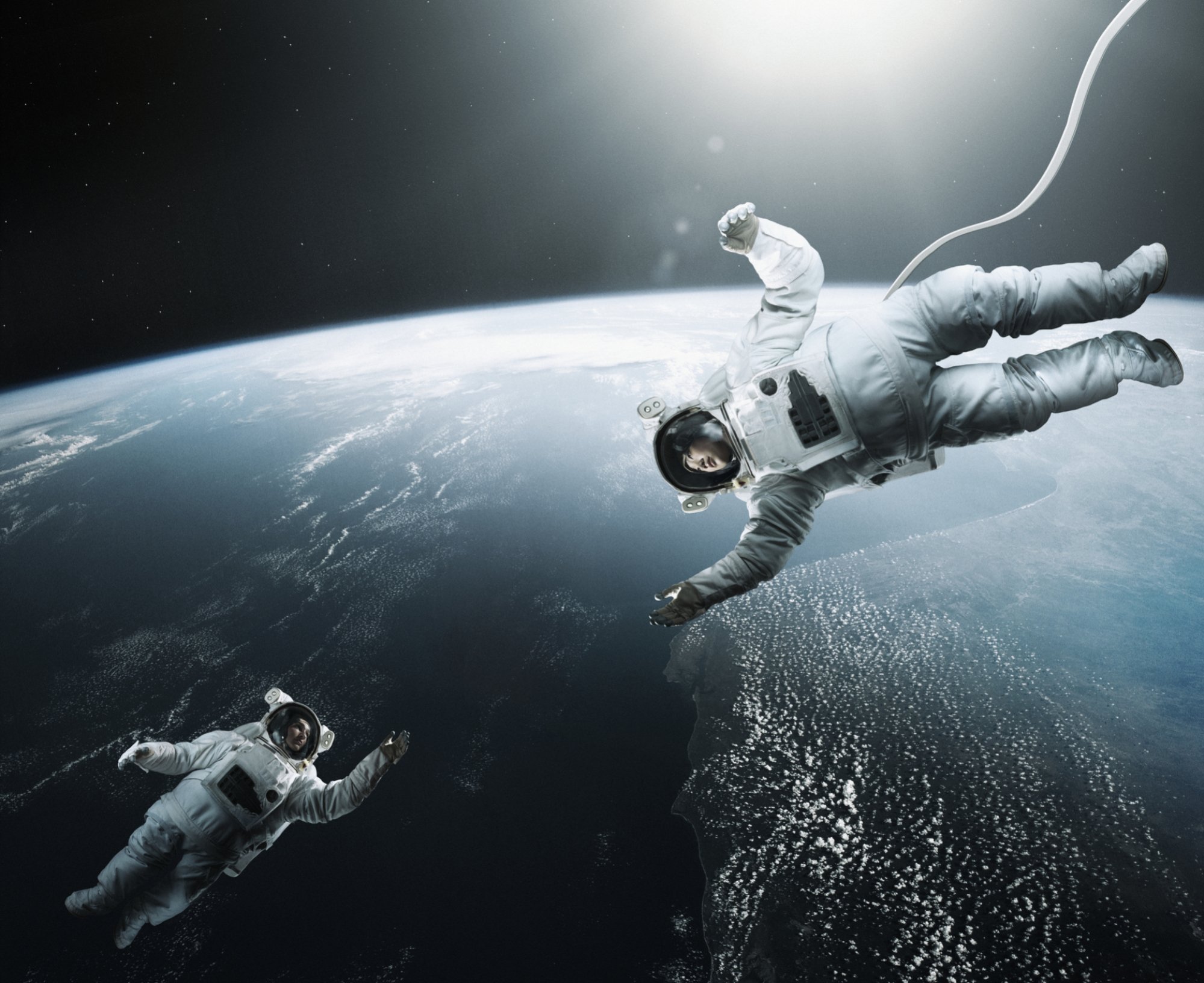
“You’re almost setting the stage for these strong relationships to form. In one sense, that’s what you want,” Driskell said. “I don’t think you can avoid that strong bonding that occurs, and you wouldn’t want to avoid that in the selection and training of the crews.”
The solution, he says, is not trying to predict and prevent relationships, but to give astronauts some solutions for addressing them if they cause problems.
“So they aren’t just winging it,” he said.
